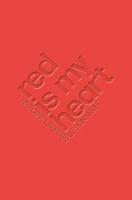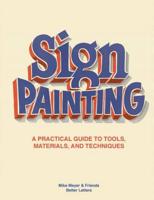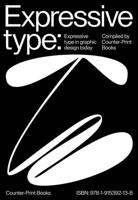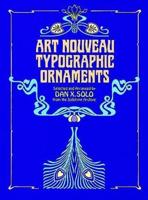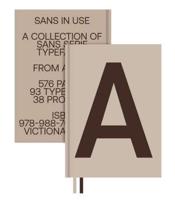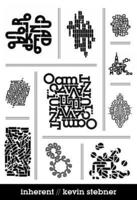Publisher's Synopsis
An indispensable new guide for developing and designing typefaces
One of the most essential tools of graphic design, typography influences the appearance of visual print materials perhaps more than any other component. This essential book explains the processes behind creating and designing type. Author Karen Cheng discusses issues of structure, optical compensation, and legibility, with special emphasis given to the often overlooked relationships between letters and shapes in font design.
One of the most essential tools of graphic design, typography influences the appearance of visual print materials perhaps more than any other component. This essential book explains the processes behind creating and designing type. Author Karen Cheng discusses issues of structure, optical compensation, and legibility, with special emphasis given to the often overlooked relationships between letters and shapes in font design.
The book is illustrated with numerous diagrams that demonstrate visual principles and letter construction, ranging from informal progress sketches to final type designs and diagrams. A wide range of classic and modern typefaces is analyzed, including those from many premier contemporary type foundries. Introductory essays and diagrams emphasize the history of type, the primary systems of typeface classification, the two main proportional systems for type, the parts of a letter, the effects of new technology on design methodology, the optical illusions that affect density and balance in letterforms, and the differences in form between basic serif typestyles. The book provides detailed guidelines for creating serif and sans serif letters, numbers, punctuation, and accents.
As design clients increasingly call for original and custom typefaces, Designing Type is a superb reference for both students and professional graphic designers.


